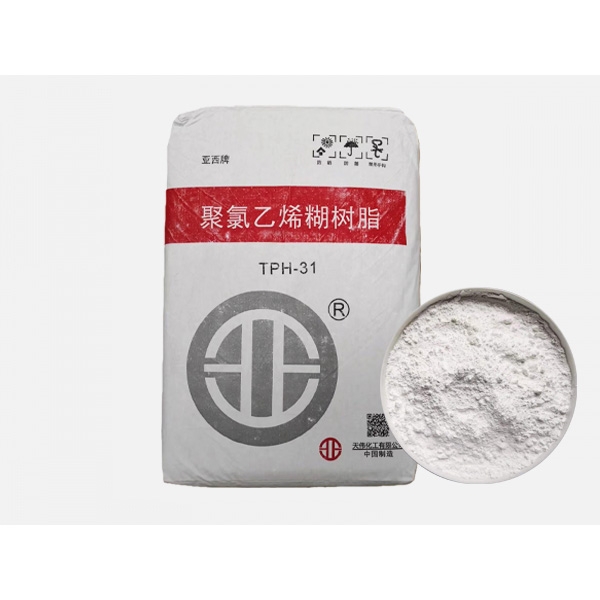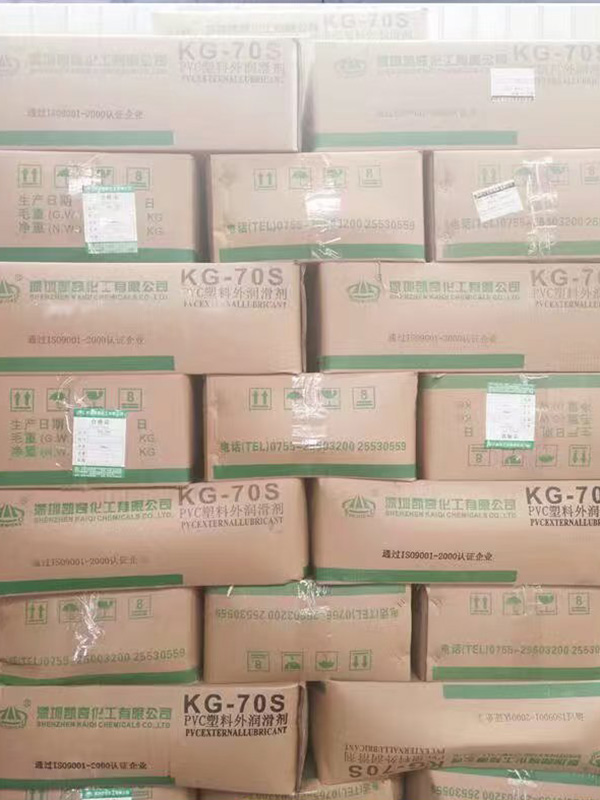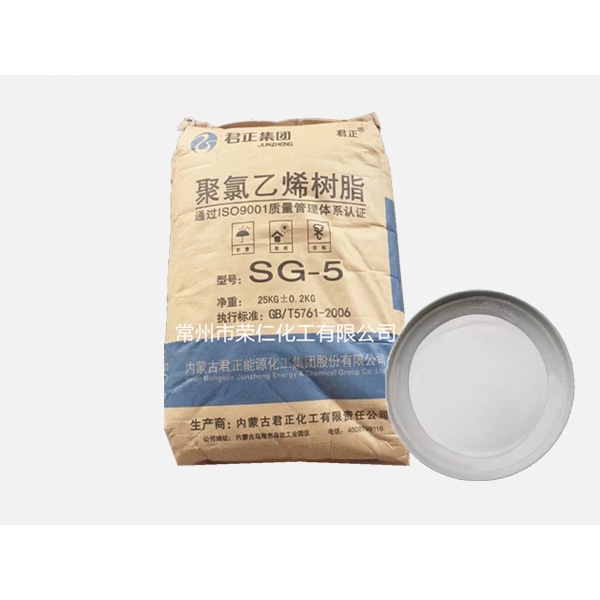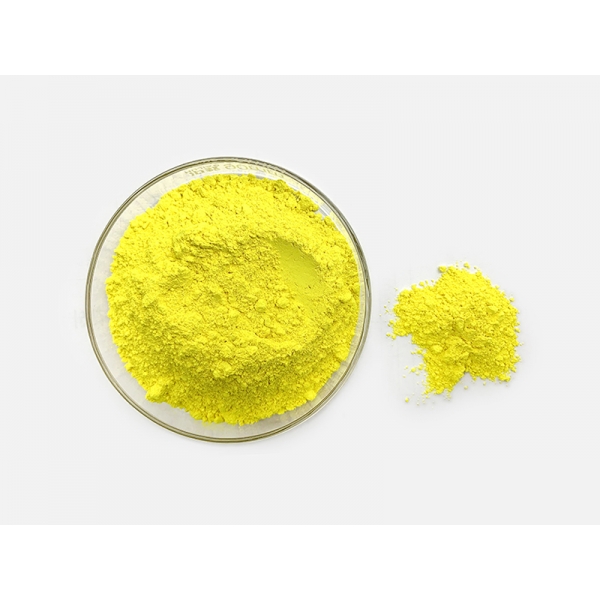How Eco-Friendly Formulations Are Reshaping PVC Production
The global plastics industry is in the midst of a major transformation, with sustainability and environmental responsibility taking center stage. PVC, one of the most widely used polymers in construction, packaging, automotive, and consumer products, is no exception. As environmental regulations tighten and consumer awareness grows, manufacturers are turning to eco-friendly formulations to make PVC production cleaner, safer, and more sustainable. These new approaches are not only reducing environmental impact but also improving the overall performance and recyclability of PVC materials.
Traditional PVC production relies heavily on additives such as plasticizers, stabilizers, and lubricants to achieve desired flexibility, color, and durability. However, some of these conventional additives, including heavy metal stabilizers and phthalate-based plasticizers, have raised environmental and health concerns over the years. This has prompted the industry to shift toward eco-friendly alternatives that deliver the same functional benefits without compromising safety or sustainability. The new generation of formulations includes low-emission stabilizers, bio-based plasticizers, and non-toxic pigments, which are now setting new standards for responsible PVC manufacturing.
A significant advancement in sustainable PVC production is the introduction of low-emission and non-toxic stabilizer systems. Traditionally, lead-based stabilizers were used to protect PVC from heat degradation during processing. Although effective, they posed environmental hazards and were gradually phased out due to international regulations such as RoHS and REACH. In their place, manufacturers now use calcium-zinc (Ca-Zn) and organic-based stabilizers, which provide excellent thermal stability and color retention while minimizing emissions. These modern stabilizers ensure safe processing, cleaner air in production facilities, and products that comply with strict environmental standards.
Another key element in eco-friendly PVC formulations is the use of bio-based plasticizers. Unlike conventional phthalate plasticizers derived from petroleum, bio-based alternatives are made from renewable sources such as vegetable oils, citrates, and epoxidized plant esters. These plasticizers not only reduce dependence on fossil fuels but also minimize toxicity and improve biodegradability. They are particularly valuable for applications in medical devices, food packaging, and children’s products, where safety and regulatory compliance are essential. The adoption of bio-based plasticizers reflects a growing commitment to sustainable chemistry and lifecycle responsibility across the PVC industry.
In addition to stabilizers and plasticizers, pigment and filler selection also plays an important role in sustainable PVC production. Manufacturers are increasingly adopting non-toxic, heavy-metal-free pigments that maintain color stability while being safe for both humans and the environment. Moreover, lightweight fillers and microsphere foaming agents are helping reduce material consumption and energy requirements during processing. By lowering density and enhancing process efficiency, these additives contribute directly to carbon reduction efforts in large-scale manufacturing.

Recyclability is another area where eco-friendly formulations are making a tangible difference. By designing additives that are compatible with recycled PVC and that do not interfere with secondary processing, manufacturers can extend the life cycle of materials and support circular economy initiatives. Additives that improve heat stability during recycling, for example, allow reprocessed PVC to retain its physical and visual properties, reducing waste and promoting resource efficiency. This approach aligns perfectly with the global movement toward closed-loop production systems, where materials are reused instead of discarded.
At Jiangsu Pangrui New Materials Co., Ltd., we are at the forefront of this transition toward sustainable PVC innovation. Our research and development efforts focus on creating high-performance, eco-conscious additive systems that meet global environmental regulations and industry standards. From non-toxic stabilizers to renewable-based plasticizers and advanced pigments, our formulations are engineered to optimize PVC performance while minimizing environmental impact. We work closely with customers to develop tailored solutions that balance functionality, safety, and sustainability across diverse applications.
The evolution toward eco-friendly PVC formulations is not just a response to regulations; it is a reflection of a broader industrial mindset shift. Companies across the value chain recognize that sustainability drives competitiveness, brand value, and long-term profitability. With the advancement of green chemistry and material science, PVC can remain a versatile and valuable material—one that aligns with future environmental goals rather than conflicting with them.
As the world moves toward a greener manufacturing future, the PVC industry will continue to innovate, embracing cleaner technologies and responsible sourcing. Eco-friendly formulations represent the next chapter in PVC development—one where performance, durability, and sustainability coexist. With forward-looking companies like Jiangsu Pangrui New Materials Co., Ltd. leading the charge, the industry is well-positioned to redefine how PVC is produced, used, and recycled in a more sustainable and environmentally conscious world.





